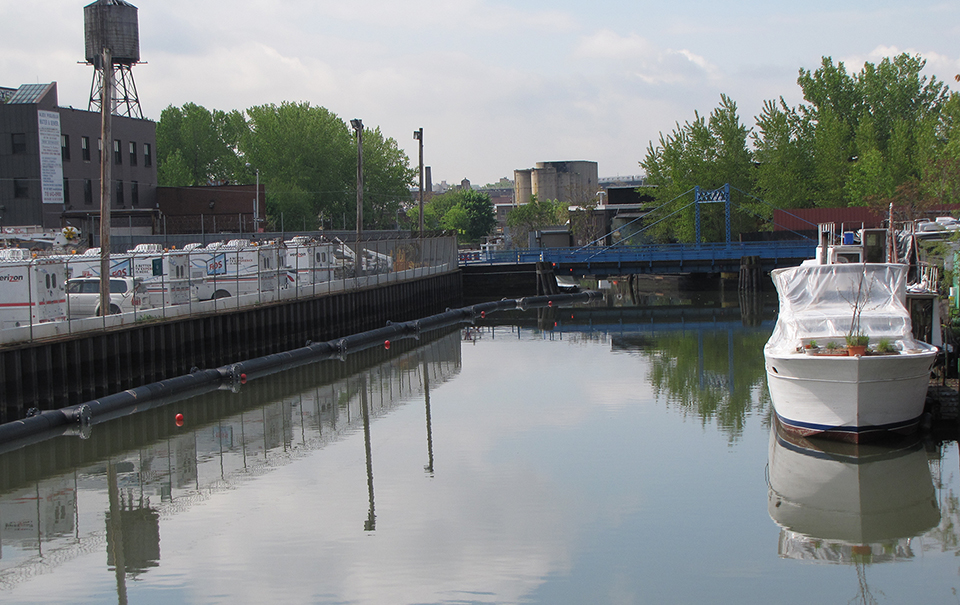 |
| The Gowanus Canal was built in the mid-1800s and once served as a major commercial route to New York Harbor. A variety of industries that operated along its banks released contaminants into the canal. Sewer overflows also contribute to the pollution, which negatively impacts fishing and recreation for nearby residents. NOAA is working with the U.S. Environmental Protection Agency and the City of New York to assess the damage and propose ways to mitigate it. |
Canals
What
is a canal?
The
National Ocean Service
A canal
is a manmade waterway that allows boats and ships to pass from one body of
water to another.
Canals
are also used to transport water for irrigation and other human uses.
While
the advent of more efficient forms of transportation has reduced the need for
canals, they still play a vital role as conduits for transportation and
fostering global commerce.
There
are two types of canals: waterways and aqueducts.
Waterways
are the navigable parts of a body of water, and can be located within a bay or
open sea, can connect two or more waterbodies, or may even form networks within
a city.
Aqueducts
are used exclusively to transport water for drinking, agriculture, and
hydroelectric power.
The
word "canal" derives from the Old French word chanel, which means
“channel.”
The
oldest known canals are aqueducts built in Mesopotamia thousands of years ago.
Since then, canals have played an important role in connecting cultures and
facilitating commerce.
The
Panama Canal, which connects the Atlantic and Pacific Oceans, was expanded in
2016 to accommodate modern large-scale cargo ships.
NOAA
played a role in ensuring that the shipment of goods through the larger canal
would remain safe and efficient.
NOAA’s
Navigation Response Teams assisted the Panama Canal Authority
by participating in exercises to ensure that
evacuation plans and safety precautions were operational in the event of an
emergency.
NOAA
also installed its Physical
Oceanographic Real-Time System (PORTS®) system at Port Miami, allowing
super-sized ships that pass through the Panama Canal to safely and efficiently
enter the busy U.S. seaport.
Did you
know?
Venice
and Amsterdam are Europe’s most famous canal cities, but did you know that the
U.S. has a few of its own?
More
than just a popular spring break destination, Fort Lauderdale, Florida is also called
the “Venice of America.”
And the
aptly named Venice Beach, California, boasts its own
historic canal district.
The
National Ocean Service
provides data, tools, and services that support coastal economies and their
contribution to the national economy. NOS is dedicated to advancing the
following priorities:
Our
mission is to provide science-based solutions through collaborative
partnerships to address evolving economic, environmental, and social pressures
on our ocean and coasts.

No comments:
Post a Comment